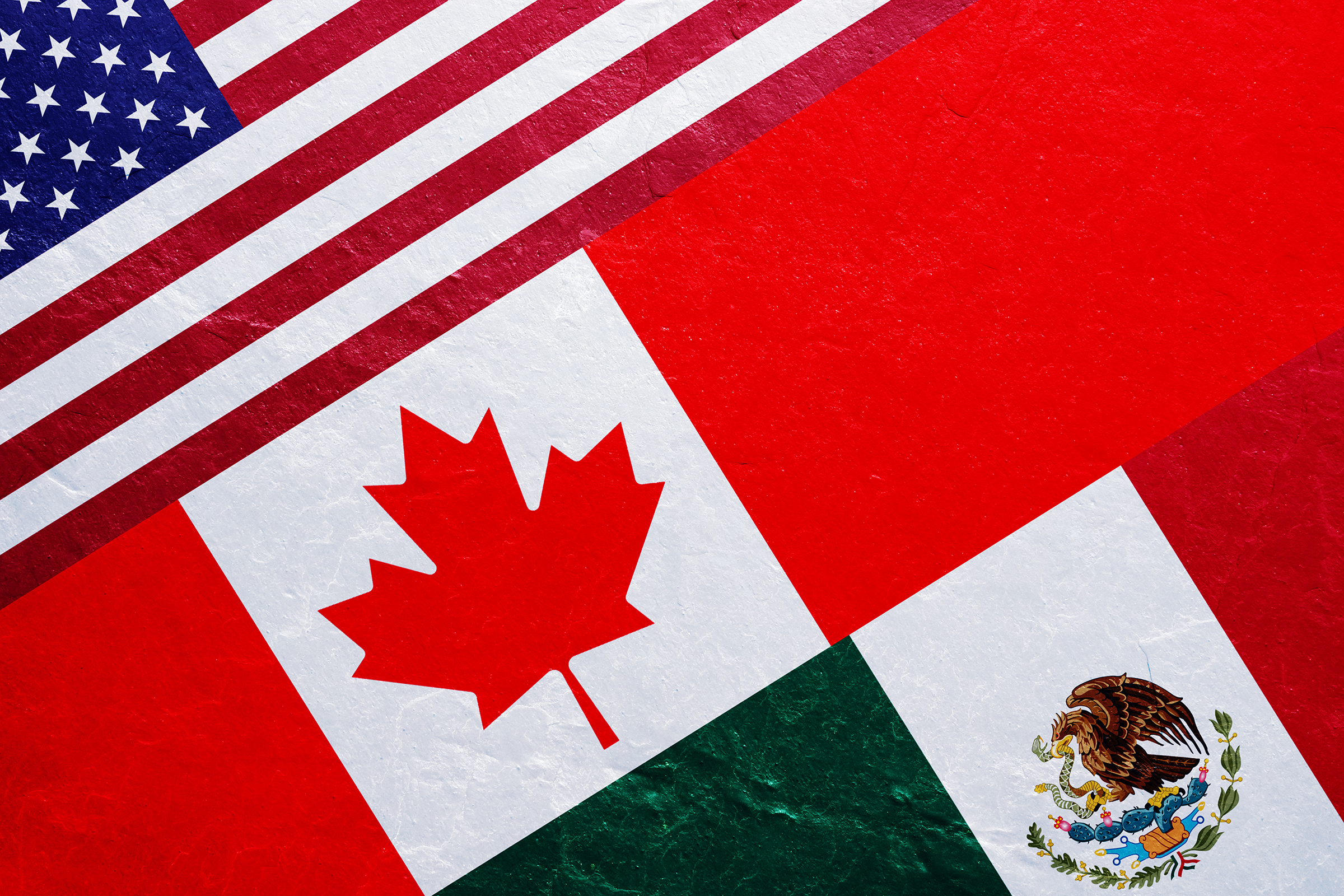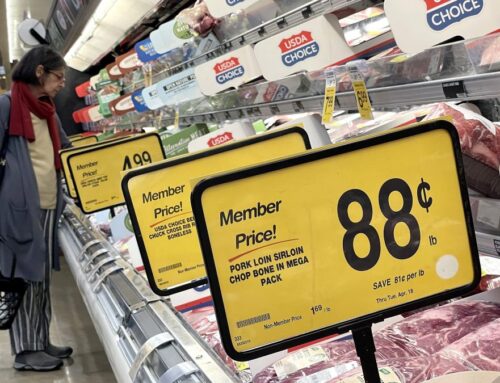By: Kirk Jackisch, President, Iris Pricing Solutions
As media coverage intensifies around potential tariffs, business leaders are feeling the pressure to adapt quickly and strategically. The 2025 landscape is defined by uncertainty—a dynamic mix of geopolitical tensions, evolving policies, and trade disruptions. With the potential for new tariffs, particularly in light of recent U.S. policy shifts, businesses must embrace proactive strategies to mitigate risks and maintain a competitive edge. Below, we outline the key trends and considerations for senior pricing leaders as they navigate these complexities.
-
Developing a Pricing Playbook & Integrating Tariff Costs
One of the primary challenges of tariffs is determining how to incorporate new costs into pricing structures. Should companies absorb the costs, preserving customer relationships but squeezing margins? Or should they pass the costs along the value chain, risking potential volume loss?
Critical Thinking Point: How well does your organization understand the elasticity of demand for your products? Could partial absorption of tariff costs strengthen customer loyalty, or would a transparent pass-through strategy be more aligned with your brand?
To address this, pricing leaders must:
- Develop a pricing playbook that categorizes products into Tier 1 (high-impact regions like Mexico/Canada) and Tier 2 (other markets) to refine strategic decision-making.
- Evaluate competitor responses to similar tariff pressures, considering whether they are publicly traded or private equity-owned, as this can influence pricing flexibility.
- Use data-driven models to forecast the impact of various cost scenarios.
- Develop flexible pricing frameworks that can adapt to changing tariff structures.
-
Scenario Planning & Prioritizing Tariff Impact
The fluidity of tariff policies—with threats, alterations, and withdrawals—requires pricing leaders to prioritize agility and foresight. Companies that embrace scenario planning will be better positioned to respond effectively.
Actionable Insight: Create a roadmap of potential tariff scenarios, identifying high-risk areas and contingency strategies. Collaborate with supply chain, finance, and sales teams to ensure alignment across the organization.
Consider how your team can:
- Prioritize tariff impact by product. If tariffs only affect a small percentage of a product’s cost, determine whether to absorb the cost or pass it through.
- Develop multi-tiered pricing scenarios for sudden tariff changes, accounting for customer and competitor reactions.
- Establish deeper collaborations with suppliers to ensure a resilient supply chain.
- Create an internal task force dedicated to monitoring and responding to trade policy shifts in real-time.
-
Global Supply Chain Diversification
Tariffs on production in China have prompted many companies to explore alternative manufacturing hubs in Vietnam, Malaysia, and other parts of Southeast Asia. While this diversification reduces dependency on a single region, it also introduces new complexities.
Key Question for Leaders: Have you assessed the long-term geopolitical risks and economic stability of your alternative sourcing regions? What contingencies exist if tariffs extend to these new markets?
Additionally, reshoring production to the U.S. may mitigate long-term risks but comes with higher operational costs. Leaders must weigh these trade-offs against broader strategic goals.
-
Operational & Contractual Adjustments for Pricing Changes
Some companies have resorted to stockpiling inventory to hedge against potential tariff impacts. However, when rolling out price adjustments, companies should consider the timing of implementation:
- Will the increase be based on order date, shipment date, or contract renewal?
- If it’s an open order, the first shipment might be at the current price, while the next follows the new pricing structure—potentially causing customer disruptions.
- Surcharges are another consideration—distributors dislike them compared to OEMs, making their application an important decision point. While this approach may provide short-term relief, it introduces risks such as overstocking, increased holding costs, and supply chain inefficiencies.
Leadership Perspective: Is your current inventory strategy aligned with both short-term risk mitigation and long-term operational efficiency? Could technology solutions, such as real-time inventory tracking, help you optimize?
-
Balancing Short-Term and Long-Term Decisions
In volatile environments, it can be tempting to prioritize immediate solutions. However, sustainable success requires a balance of short-term flexibility and long-term strategic thinking.
Strategic Reflection: Are your pricing strategies overly reactive? Consider developing a framework that includes:
- Periodic reassessment of tariff impacts.
- Investments in data analytics for real-time decision-making.
- Transparent communication with customers to build trust during periods of change.
-
Leveraging Data and Technology for Agility
Advanced pricing analytics and digital tools can empower organizations to make informed decisions faster. By leveraging AI-driven insights, companies can model various scenarios, anticipate customer responses, and implement pricing changes with precision.
Staying ahead of the curve: Position your organization for success in 2025 by developing a structured pricing playbook, prioritizing tariff impact, and refining communication strategies. At Iris Pricing Solutions, we help leaders implement data-driven pricing models that withstand global trade disruptions. Contact us today, and let’s transform uncertainty into competitive advantage.
Senior leaders understand that tariffs are not just financial considerations, they’re strategic catalysts that can reshape entire industries. By fostering collaboration, leveraging technology, and embracing proactive planning, businesses can turn uncertainty into opportunity and ensure long-term growth in an increasingly unpredictable world.





